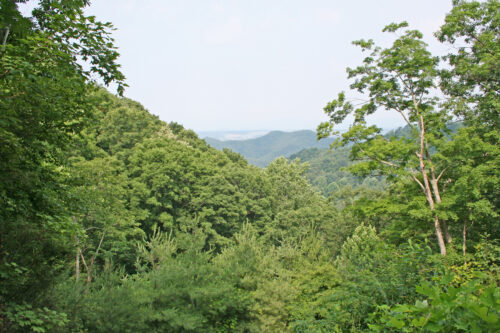 Forests… A Sustainable Resource
Forests… A Sustainable Resource
It’s all about balance… a stable forestland base is critical to Virginia’s environmental integrity, economic viability, and quality of life. Forests provide clean air and water, wildlife habitat, recreational spaces, and products we use every day. Teaching Virginia’s forest landowners to make their land work for them is a primary role of VDOF. VDOF recognizes that forest management goals and decisions are up to individual landowners. To that end, the agency provides the information landowners need to make their decisions and helps them plan and implement strategies to meet their goals. Managed forests are more likely to remain forests because they meet the needs of their owners, whether those are environmental, social, or financial. Therefore, forests can continue to provide benefits and support product needs for the Commonwealth.
Read more about how forests are a sustainable resource.
Virginia’s Forest History
Virginia is a state rich in history and its forests have been affected by the natural environment, climate, and heavily by the influence of humans. Ice ages that affected North America also influenced the trees that grow in Virginia. Trees now commonly found in the far north like spruce and fir can still be found today in the highest elevations. As the ice age ended and cold temperatures retreated northward, Virginia began to warm eventually leading to the mixed temperate forests we see today.
Read more about Virginia’s forest history.
Virginia’s Forest Composition
The Forests of Virginia are among the most diverse in the country… a large variety of forest types, stand size, stand volume, and tree species.
Read more about Virginia’s forest composition.
